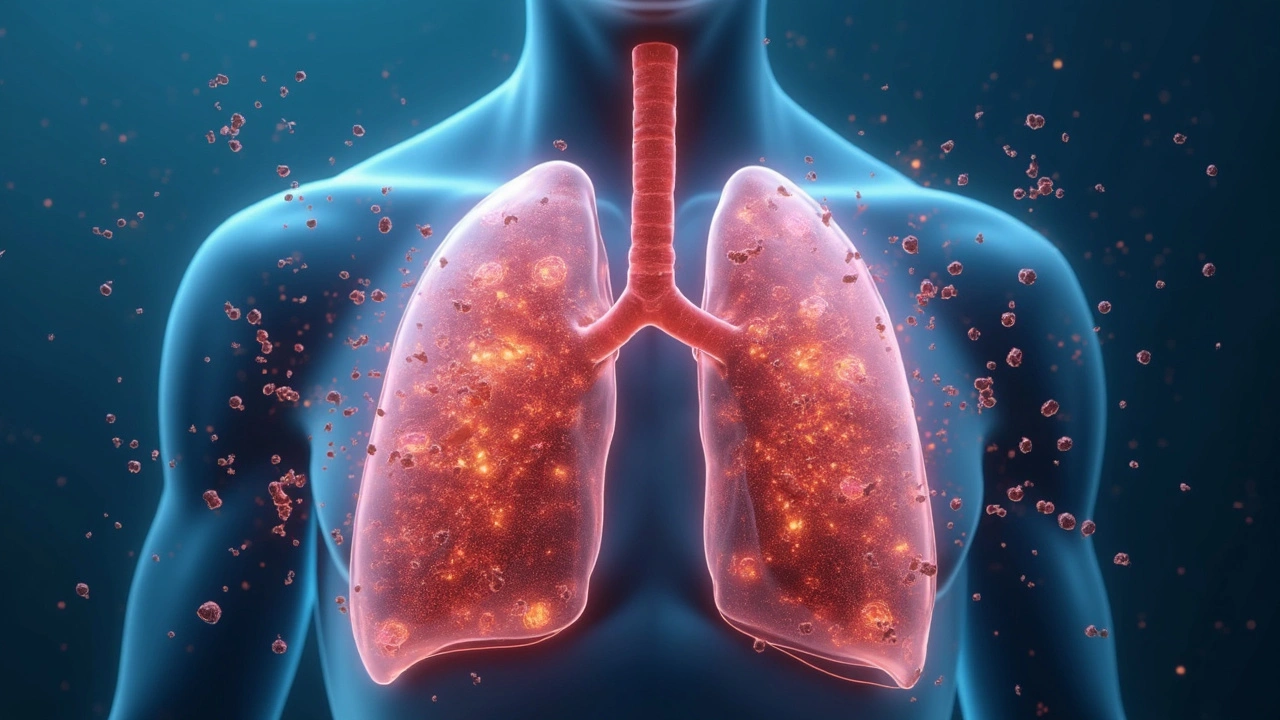Hyponatremia, a condition marked by low sodium levels, can have surprising ties to respiratory disorders. Discover why maintaining balanced sodium is crucial for lung health. Learn about the signs of low sodium levels and how they may contribute to or worsen breathing problems. Understand what causes hyponatremia and find out effective ways to manage it. This article explores the fascinating connection between sodium imbalance and respiratory issues.
Low Sodium: Simple Ways to Cut Salt and Boost Health
Most of us don’t realize how much hidden salt sits on our plates. Cutting down isn’t about bland meals—it’s about feeling better, keeping blood pressure steady, and protecting the heart. Below you’ll find easy swaps, grocery tricks, and a quick look at why a low‑sodium approach works.
Why Low Sodium Matters
Too much sodium makes the body hold onto water, which can raise blood pressure. Over time that stress on arteries leads to heart disease and kidney problems. Even if you’re not hypertensive yet, lowering salt now gives your organs a break and often improves energy levels.
Practical Tips for Everyday Life
Read the label. Look for products that list less than 140 mg of sodium per serving. Many canned beans, soups, and sauces have low‑sodium versions that taste just as good.
Season with herbs, not salt. Fresh garlic, lemon zest, dried oregano, or a splash of vinegar can add punch without the sodium load. Experiment – you’ll be surprised how flavors pop.
Choose whole foods. Fresh fruits, veggies, lean meats, and unsalted nuts naturally contain far less sodium than processed snacks. A simple stir‑fry with broccoli, chicken breast, and a ginger‑soy glaze (use low‑sodium soy sauce) keeps the meal tasty and light on salt.
Watch out for “hidden” sources. Bread, cheese, and breakfast cereals can sneak in sodium. Swap white bread for whole‑grain options with lower sodium counts, or try a slice of avocado instead of processed lunch meats.
Prep meals ahead. When you cook at home, you control the salt. Make big batches of low‑sodium broth, then freeze portions for soups and stews later. This cuts down on last‑minute takeout where sodium spikes.
If you’re already on medication that affects electrolytes, talk to a pharmacist or doctor about your sodium intake. ScriptCo’s experts can help you balance diet with any prescriptions you’re taking.
Bottom line: You don’t need to give up flavor. Small changes—like swapping sauces, using fresh herbs, and checking nutrition labels—add up fast. Your heart will thank you, and you’ll likely feel less bloated and more energetic.

